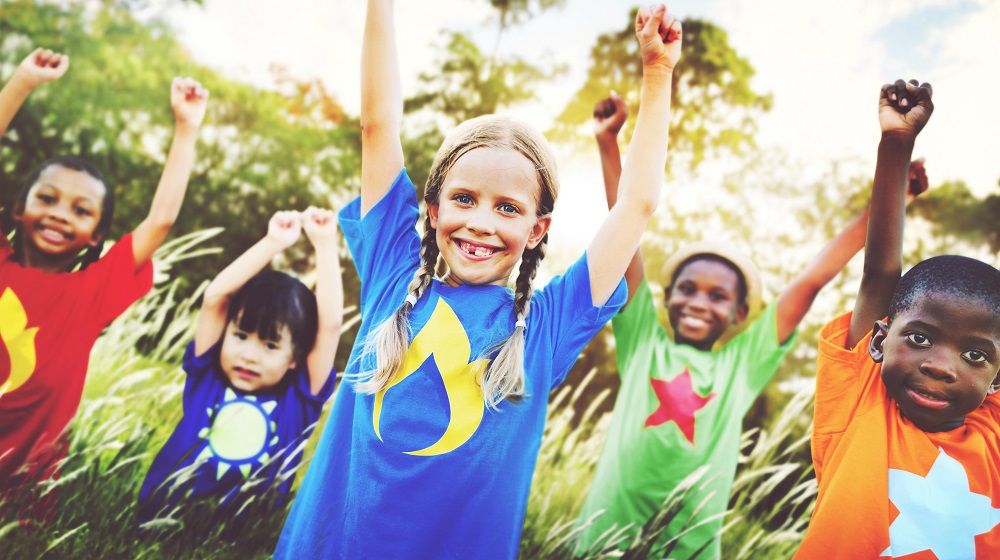 RAWPIXEL/SHUTTERSTOCK
RAWPIXEL/SHUTTERSTOCK
What will summer programs for kids look like this year?
With vaccinations increasing but with COVID-19 still a danger, organizers of summer programs across the country are grappling with the question. Compared with last summer “we are in a very different place,” said Hayley Herzing, senior manager of membership at the National Recreation and Park Association in an email. Vaccines and testing are available, but many safety precautions are still necessary.
Members of the association, who run youth programs in parks and city recreation departments around the country, have been asking for guidance, she said. They’re also concerned about staff burnout in response to the extra demands caused by the pandemic. But there is plenty of research available to help program leaders assess risks and how to reduce them, said John Carr, director Center for Camp Safety and Emergency Preparedness, in an online presentation sponsored by the American Camp Association.
The Camp Association, based on CDC recommendations, says masks should still be worn inside and activities should be held outdoors as much as possible. But new CDC recommendations reduce the emphasis on “excessive” cleaning and disinfecting of surfaces. Limiting cleaning of indoor spaces to once daily may be sufficient when no one suspected of having COVID-19 has been present.
Another positive change from last summer is that protective equipment is widely available and many kids are already used to wearing masks and social distancing.
The strategy that is emerging from research into COVID-19 transmission at camps involves several layers of preventive measures, including: daily check-ins to screen for COVID symptoms; social distancing and mask-wearing; and separation of kids into small-group cohorts.
“Daily practices will include temperature checks, drive-through drop offs and pickups, and staggered camp times,” Herzing said in her email. Frequent hand-washing and sanitizing will continue, she said.
Some parks and recreation programs will use electronic health surveys in the morning to screen campers and hang tags on cars to identify parents during drop-off and pick-up. Meal times will need to be carefully planned, Herzing said. One member of the association is partnering with local schools to borrow plastic table-top partitions so children can take off masks to eat.
“The focus will be on cohorting the children … to eliminate cross contamination,” Herzing said. Separate “silos” within camp will keep illness confined and staff working across silos should be minimized as well, Carr said. Cohorts can be kept identifiable by different color T-shirts or by remaining in separate spaces.
Even the site director or lead administrator should not interact across groups, a lesson learned in nursing homes last year, he said. “We don’t want one individual [illness] to take down the whole structure,” Carr said.
According to research evaluating four sleep-away camps in Maine last summer, combining several key practices prevented COVID transmission at those overnight camps, Laura Blaisdell, a pediatrician, consultant and camp medical director in Maine, said in a presentation held by the National Summer Learning Association.
The practices were: screening upon arrival, quarantining in small groups for two weeks and testing on the fifth or sixth day after arrival. Blaisdell said that day camps considering testing for COVID-19 could look at the testing protocols used by some schools. She does not expect vaccines to be available to kids this summer. Vaccination will be encouraged for staff at parks and recreation agencies but not required, Herzing said.



























